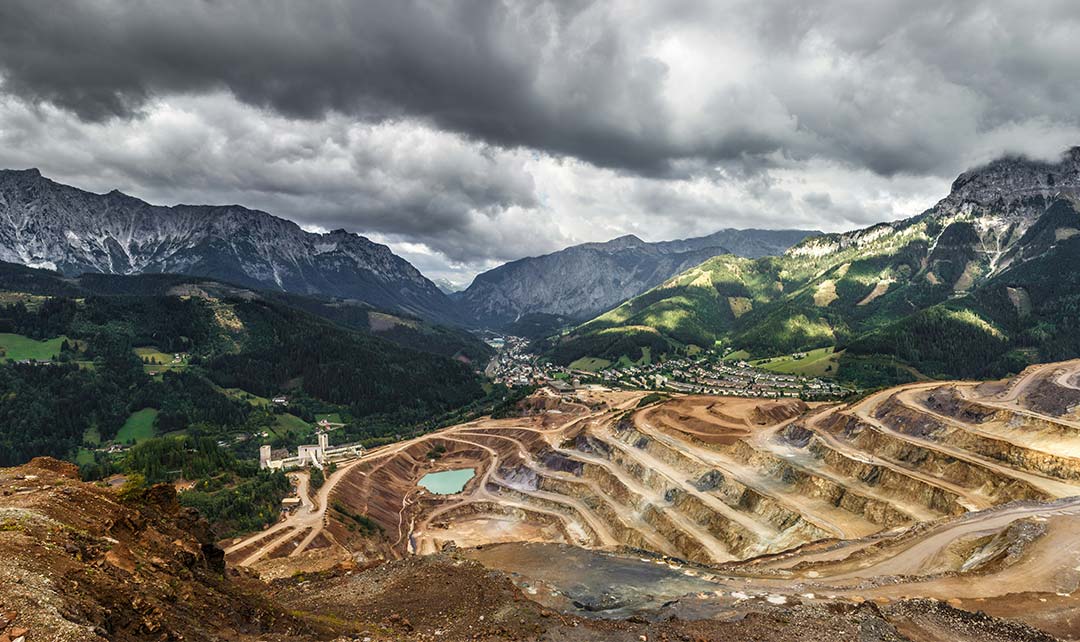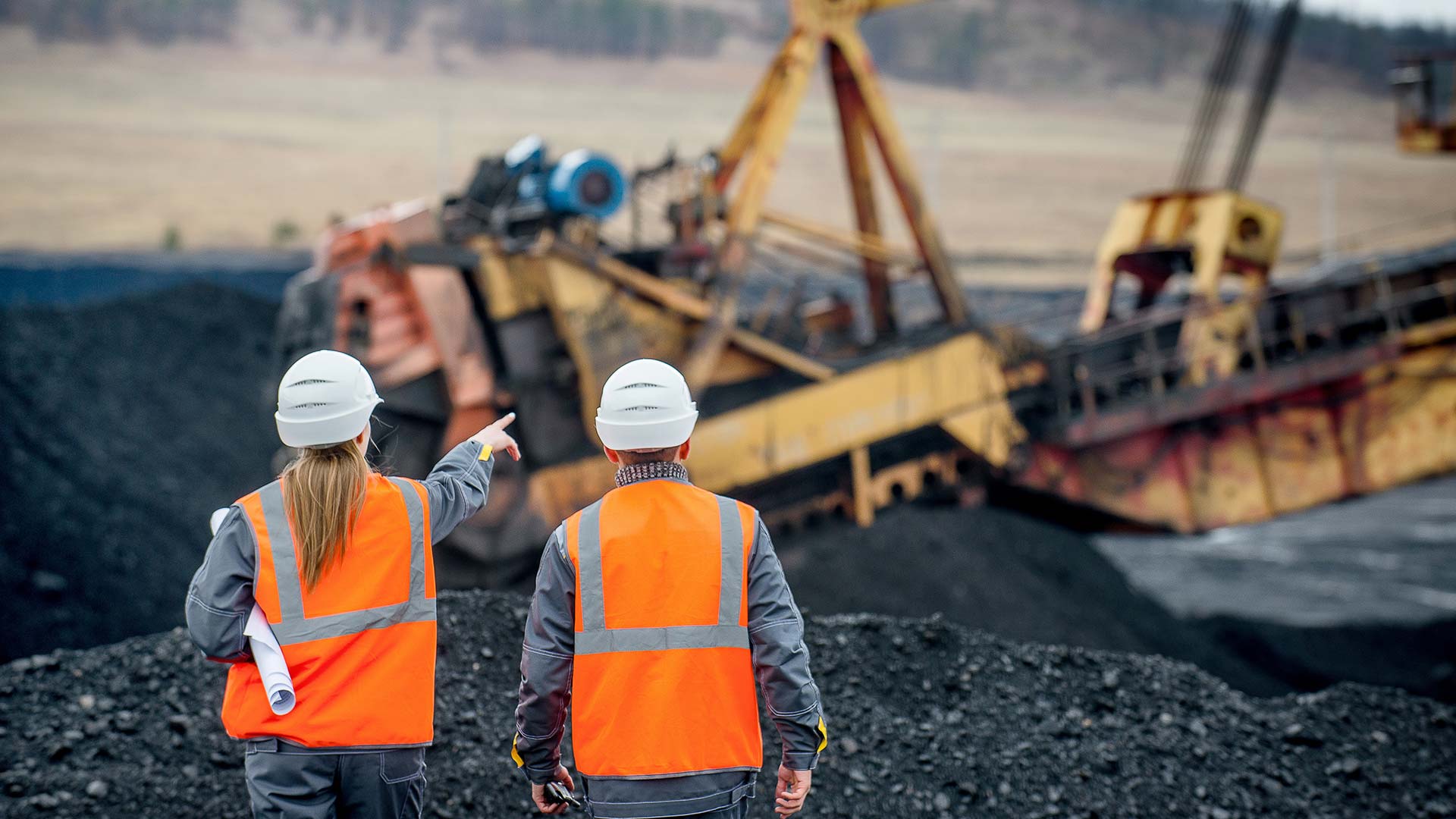As global demand for minerals and resources continues to grow, the mining industry faces increasing pressure to adopt sustainable practices. Green technologies are emerging as essential tools for transforming mining operations, reducing their environmental impact, and promoting sustainability. Here’s a look at some of the most promising green technologies reshaping the mining industry.
Electric and Hydrogen-Powered Mining Equipment
One of the most significant shifts towards sustainable mining is the adoption of electric and hydrogen-powered mining equipment. Traditional diesel-powered machinery is a major source of greenhouse gas emissions in mining operations. By switching to electric and hydrogen-powered alternatives, mining companies can significantly reduce their carbon footprint. Electric vehicles and equipment not only lower emissions but also reduce operating costs by eliminating the need for diesel fuel. Companies like Caterpillar and Komatsu are developing electric mining trucks and loaders, leading the charge towards cleaner, more sustainable mining operations.
Water Recycling and Treatment Technologies
Water is a critical resource in mining operations, used in various processes such as mineral processing and dust suppression. However, mining activities can also lead to significant water pollution and depletion. Sustainable mining technologies are addressing these challenges through advanced water recycling and treatment systems. These technologies allow mines to reuse water, reducing the need for fresh water and minimising wastewater discharge. Membrane filtration, reverse osmosis, and other water treatment methods are being employed to ensure that mining operations are not only more efficient but also more environmentally responsible.
Bio-Mining and Phytomining
Bio-mining and phytomining are innovative, environmentally friendly techniques for extracting metals from ores. Bio-mining involves the use of microorganisms to leach metals from ores, while phytomining uses plants that accumulate metals in their biomass. These methods are less invasive than traditional mining techniques, reducing the environmental impact of mining operations. Bio-mining and phytomining also offer the potential to recover metals from low-grade ores and waste materials, making the extraction process more sustainable and economically viable.
Renewable Energy Integration
Integrating renewable energy sources into mining operations is another crucial step towards sustainability. Solar, wind, and hydroelectric power can be used to supply energy for mining activities, reducing reliance on fossil fuels and lowering greenhouse gas emissions. Renewable energy can be harnessed to power everything from machinery and processing plants to worker accommodations and administrative offices. Mining companies that invest in renewable energy not only contribute to environmental sustainability but also benefit from long-term cost savings and energy security.
Rehabilitation and Reclamation Technologies
Sustainable mining goes beyond extraction and processing; it also involves the rehabilitation and reclamation of mining sites. Advanced reclamation technologies are being used to restore mined land to its natural state or repurpose it for other uses, such as agriculture or recreation. Techniques such as soil stabilisation, re-vegetation, and the creation of artificial wetlands help to mitigate the environmental impact of mining and promote biodiversity. Effective site rehabilitation ensures that mining activities have a minimal long-term impact on the environment and local communities.
Conclusion
Green technologies are transforming the mining industry by promoting sustainability and reducing environmental impact. Electric and hydrogen-powered equipment, water recycling and treatment systems, bio-mining and phytomining, renewable energy integration, and advanced reclamation techniques are all contributing to a more sustainable future for mining. By adopting these technologies, mining companies can not only meet regulatory requirements and societal expectations
4o



